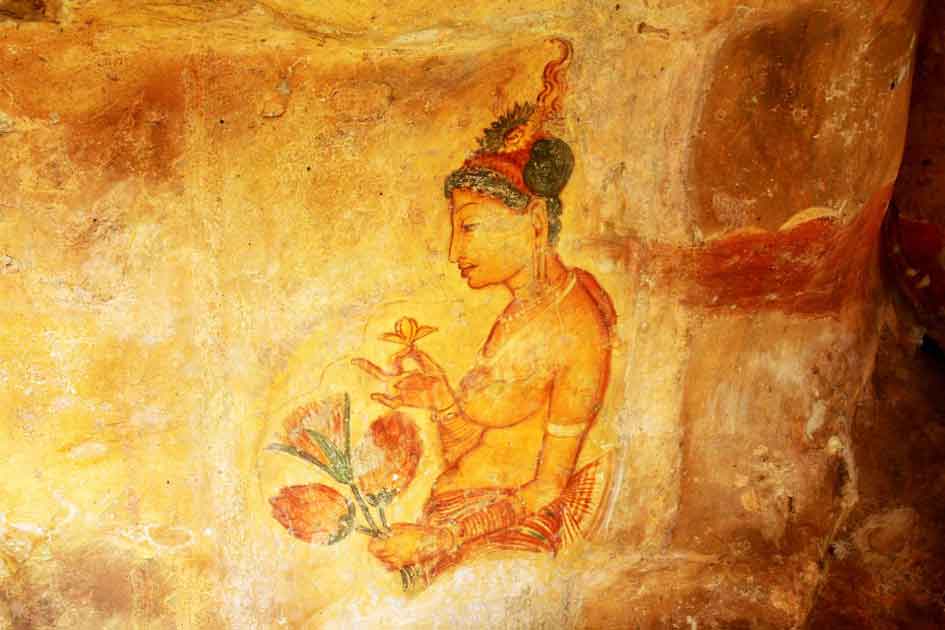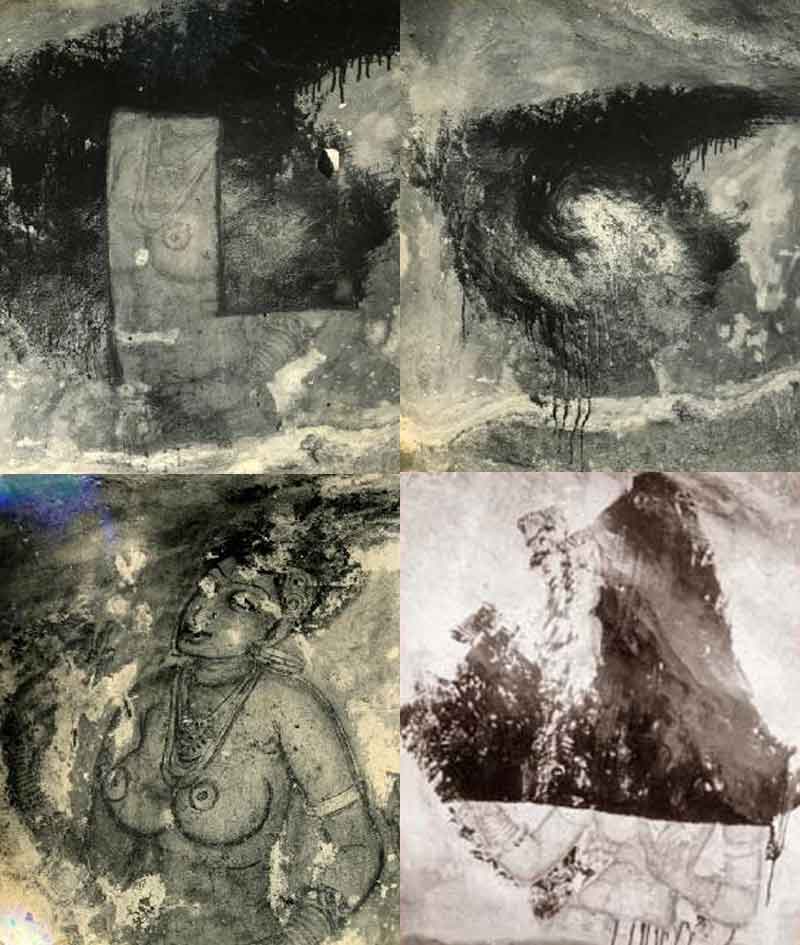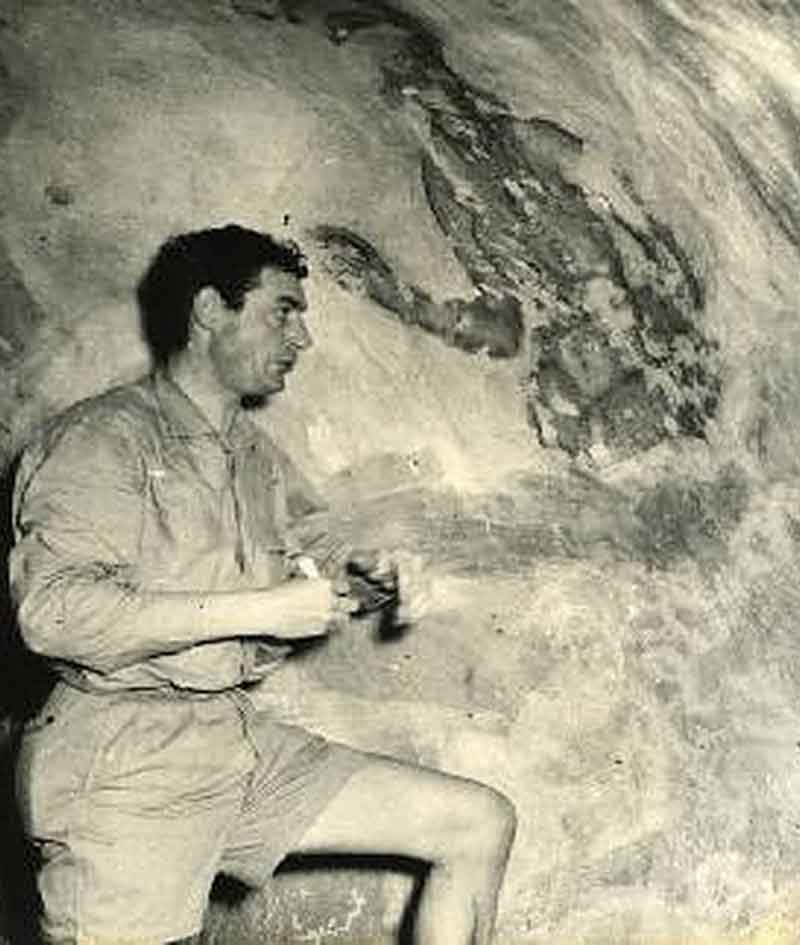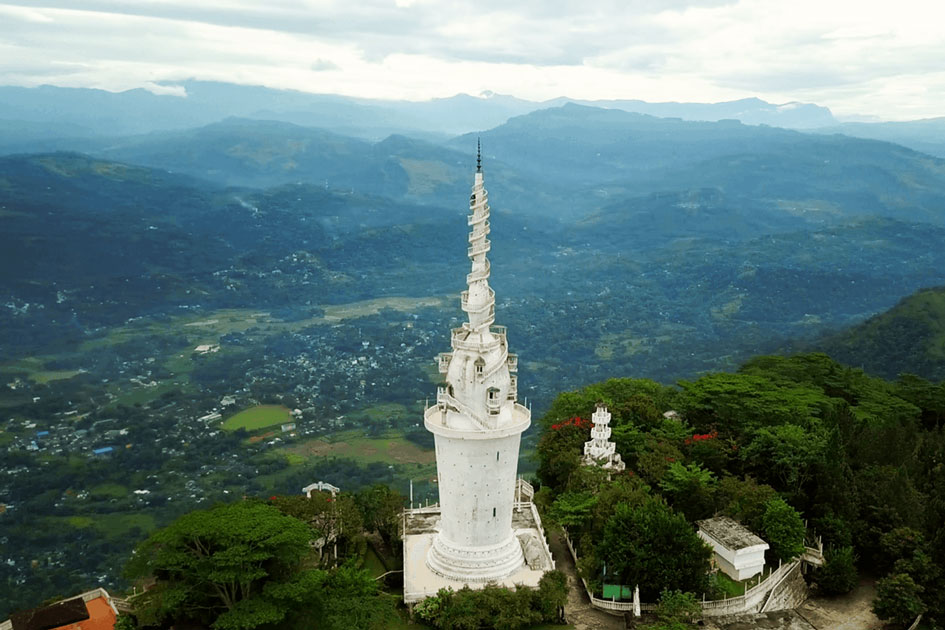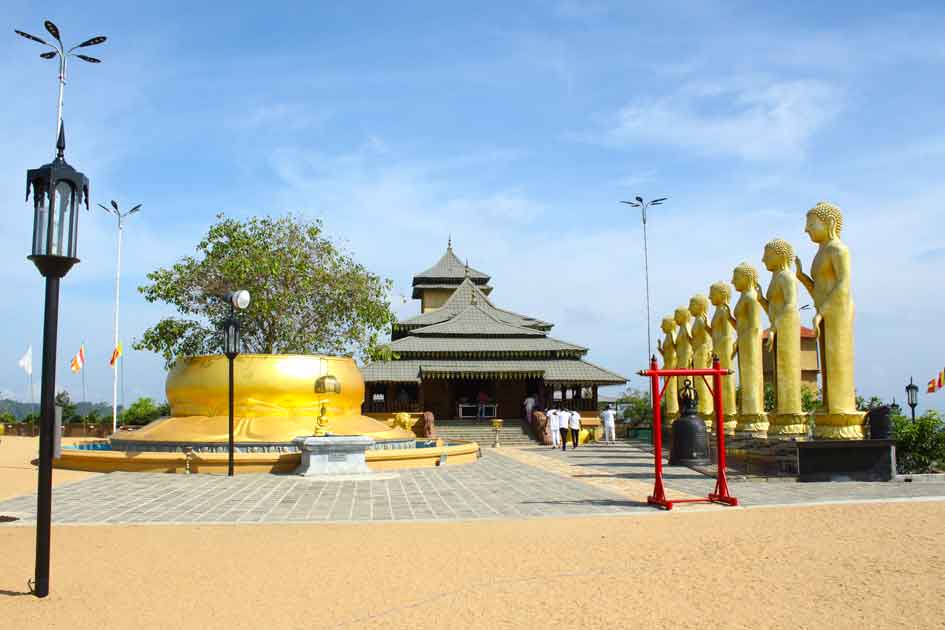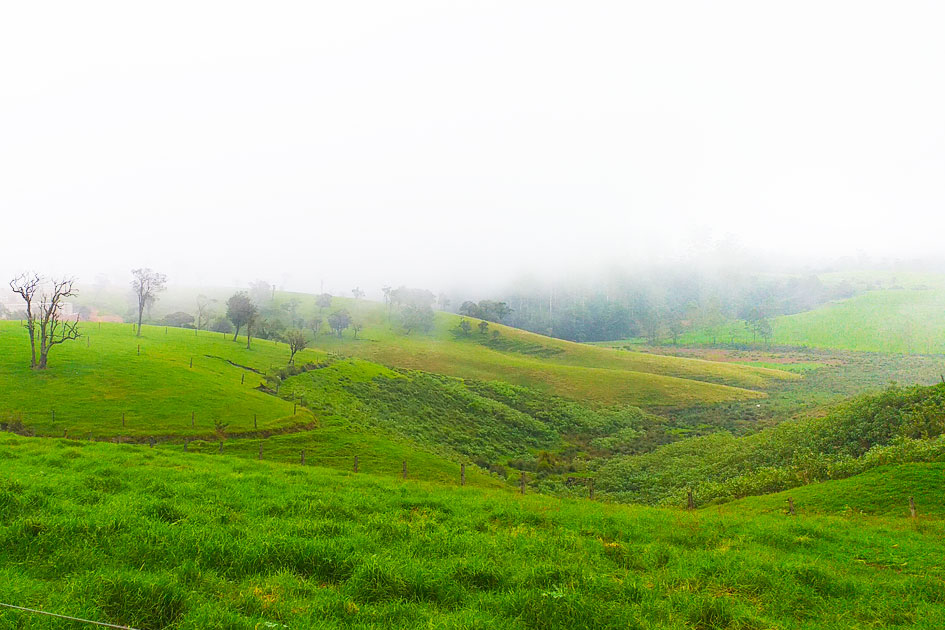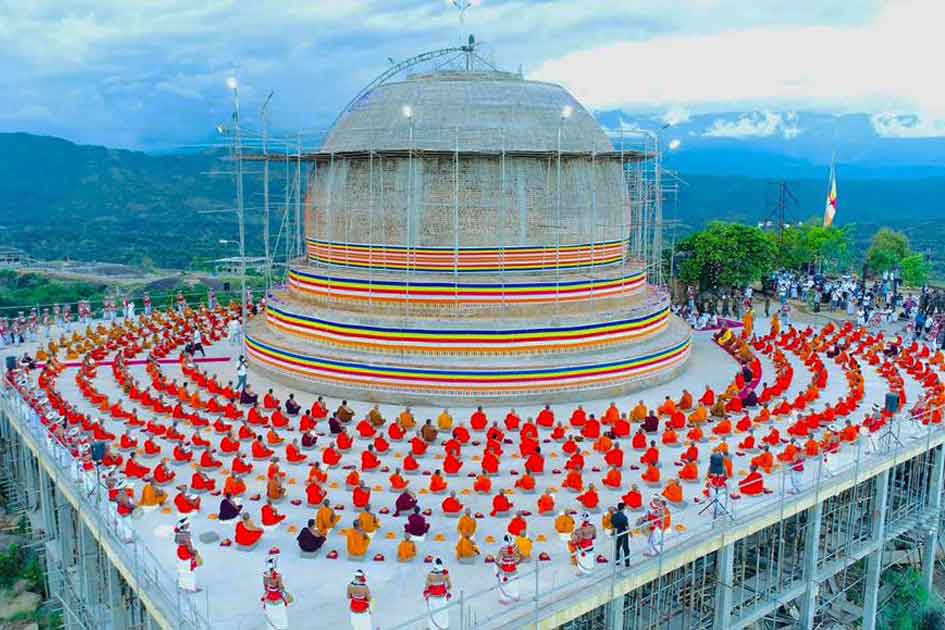Sigiriya
Sigiriya is a UNESCO-listed World Heritage Site which considered to be the 8th wonder of the world. Sigiriya Rock Fortress lies in the northern Matale District near Dambulla in the Central Province of Sri Lanka.
Who wants to witness old tech that new engineers around the world are now unable to solve? On top of this magnificent rock, the architecture, water science, and engineering techniques are astounding.
The ancient rock fortress of Sigiriya lies in Sri Lanka. The name refers to a historically and archaeologically significant site that is occupied by a large rock column nearly 200 m (656 ft) tall. Today, Sigiriya is a UNESCO World Heritage Site. It is one of the best-preserved ancient urban planning examples. Sigiriya rock fortress is also known as Sinhagiri (Lion Rock). It is one of the fascinating destinations on the map of the tourist of the world.
Summer Palace at Sigiriya
Many visitors to Sigiriya believe that King Kashyapa may have lived in the palace at the top of Sigiriya. But in practice, living in such a high place is difficult for a king as well as an ordinary person.
Looking at the dry zone where Sigiriya is located, one should carefully study the things like lightning caused by the torrential rains that fall in October, the beginning of the monsoon season.
Sigiriya is an entirely rocky outcrop, and its temperature is increased by intense sunlight during the dry season. Even in such times, it is difficult to live in the palace at the top of Sigiriya. Now you may be wondering where the king lived during such times.
As a solution to this, in the second part of the Sigiriya Water Park Two palaces have been created. Upon entering the Sigiriya main entrance, you can see the ruins of two palaces on either side.
The Sigiriya Park is a living example of a 1,500 year old, dating back to the 5th century AD, and is a unique place to study. This is a great place for those interested in the environment, botany, and object science.
When we look at Sigiriya Garden as a painting, we can see the diversity of the plants and the changes in the foliage, and the changes in its shape. Although it is green at first glance, it has about five or six green variants. It’s really like a painting.
It is understandable that the designer, who prioritized charm over space, designed it to withstand the dry zone perfectly. It is understandable that the designer, who prioritized charm over space, designed it to withstand the dry zone perfectly. A pond has been set up around the palace to cool the winds that blow naturally into the palace. Aquatic flowering plants such as Lotus and Konda may have been grown in the pond. The fragrance emanates from the air and permeates the palace. Lotus-like flowers can still be seen in those ponds. It is believed that other flowering plants in the vicinity of the lotus flowering period may have filled the gap.
It is possible that bricks and mortar were not used in the construction of the palace. Wood may have been used for this purpose. Usually, when we say a palace we are reminded of a huge palace like the Taj Mahal, the palace of King Akbar. But this Sigiriya Summer Palace reflects the fact that many of the kings of Sri Lanka lived in an environment that was associated with such nature instead of huge mansions. King Kasyapa is believed to have spent most of his life in these palaces.
Examples are the palace of King Parakramabahu I and the palace of King Vijayabaha in Anuradhapura. Also, the Temple of the Tooth in Kandy is not the palace where the King lived and it can be mentioned that the location of the Museum behind the Temple of the Tooth was the residence of the King.
Wonderful Sigiriya Murals
Just nude figures above the waist of Sukumala Lalanawa, who is significantly smaller than a human, are shown in the Sigiriya murals. The use of materials typically used in the dry zone is a distinguishing characteristic of the paintings. The four primary colors used to paint Sigiriya are red, yellow, green, and black. The color blue is not included, which is a unique thing.
Excavation at Sigiriya started in 1895, according to tradition. Archaeological excavations were carried out under the supervision of H.C.P. Bell, the then-Commissioner of Archaeology. William Gregory, the former Governor of Ceylon, described the paintings at Sigiriya several years earlier. It is said that he saw these drawings when gazing at the rock from a distance with a telescope. The renowned engineer Murray began copying the Sigiriya paintings in 1899. Following that, a man called Muhandiram Perera copied the paintings. Copies of those paintings can still be seen today at the Colombo National Museum. The graffiti on the mirror wall was discovered by the Commissioner during the excavations at Sigiriya. Several hymns were composed in response to the 500 paintings on the walls of Sigiriya at the time.




The cave is approximately 60 feet deep, with the paintings rising 44 feet above the Mirror Wall. The rugged wall is smoothed with a special painting plaster. According to Archaeologist Ananda Kumaraswami, the mortar was made of Divul Latu, Spider Clay, Bee Honey, Lime, and other ingredients. Herbal juices such as Gokatu Kiri and Ranawara were used to make dyes. Watakeiya Fibers are also used to make drawing brushes. The murals in Sigiriya were painted using both wet and dry plaster technology.
It is not yet clear what the murals in Sigiriya depict. Many notable people have shared diverse views about the Sigiriya murals since then.
On October 14, 1967, a party of unidentified people entered the cave where the Sigiriya paintings were stored and destroyed, and they had painted some of the paintings green. In some drawings, nails were even seen to be destroyed by thorns. The then-Prime Minister, Dudley Senanayake, and the then-Minister of Culture, Rafael Eriyagolla, acted quickly to bring back the Italian Luciano Maranzi, the world's most prominent mural artist at the time. Maranzi arrived in Ceylon on October 22, 1967, and worked with Raja de Silva, who was then in charge of the Chemistry Division of the Department of Archeology, to restore the paintings. The paint was cleaned by soaking a cotton swab in decapex, which Maranzi had brought with him. The excellent work done at the time by Luciano Maranzi and Raja de Silva was able to repair the Sigiriya murals.
The remaining 21 paintings on Sigiriya are being demolished today. Various methods have been used in the past to conserve the Sigiriya sculptures, which are decaying due to natural causes. The archaeological significance of the Sigiriya murals is incalculable. We hope that future generations will be able to appreciate the wonders of these priceless paintings as well.
History of Sigiriya
Sigiriya can be identified as a rock belonging to the Precambrian era. Sigiriya Rock is a mountain range that is more than 400 million years old. Over the years, this mountain range has been washed away and the Sigiriya rock remains as a remnant mountain. Moreover, Pidurangala rock and Ritigala rock may also have belonged to this mountain range. It should also be noted that this was not the case during the reign of King Kashyapa.
According to the Mahavamsa, there is a reference to the Sigiriya rock during the reign of King Devanampiyatissa. At that time this rock was not known as Sigiriya. It is said that a miracle happened when King Devanampiyatissa was born. Various resources were depleted which as pearls came from the sea, gems from the rivers, and many other valuable resources. The resources were also sent as a gift to King Ashoka. A special type of bamboo tree was found at the foot of the rock called Chatha in the Anuradhapura area. According to its directions, the rock known as Chatha at that time was found to be the present Sigiriya.
Dr. T. R. Premathilake is a botanist scientist. He excavated the soil at Sigiriya and examined ancient pollen samples. There it was confirmed that one type of pollen belongs to a species of a bamboo plant. According to the Mahavamsa, the bamboo trees at the foot of the Chatha rock may have belonged to this pollen.
There is clear evidence that Buddhist monks and ascetics occupied the many rock shelters and caves in the area as early as the third century BCE. The Aligala Rock Shelter is the earliest evidence of human habitation at Sigiriya. The Aligala Cave is located to the east of the Sigiriya rock and was inhabited nearly 5,000 years ago during the Mesolithic Period.
Legends
The Greate King Sri Lankeshwara Maha Ravana is closely linking to the iconic Sigiriya Rock Fortress. Sigiriya symbolically represents the Alakamanda of King Sri Ravana. Sigiriya used to be one of his palaces. According to the records in the Palm Leaf Book of Ravana Watha.
Location Map to Sigiriya
How to get to Sigiriya
If you are a foreign visitor, you can take a bus, train, taxi, or a flight from Colombo International Airport to Sigiriya.
If you prefer to fly, a one-way ticket would cost you between Rs 16,000 and Rs 40,000. Cinnamon Air, a well-known domestic airline in Sri Lanka, provides regular taxi service from the Bandaranaike International Airport Domestic Terminal to Sigiriya Airport. While flying is the quickest way to get to Sigiriya (30 minutes), it is also the most expensive!
However, there is no direct train to Sigiriya. The 181.6 km (4 hr 16 min) train ride from Colombo Fort to Habarana is the best choice. It takes approximately 25 minutes (17.8 km) to travel from Habarana railway station to Sigiriya. The most affordable daily train from Colombo to Habarana costs between LKR 800 and 1,200. A third-class ticket costs LKR 480, and a second-class permanent seat costs LKR 600. Every day at 6.10 a.m., the train will depart from Colombo Fort and arrive in Habrana in 4 hours and 50 minutes.
Traveling to Sigiriya can be exhausting, but there are many ways to get there. It would take longer to fly by bus than it will to drive a cab or taxi. The best choice is to take bus No. 15 from Colombo to Anuradhapura or No. 48 freight Kaduruwela; instead, take bus No. 49 Trincomalee and get off at Dambulla or Habrana. You will take a three-wheeler from Habrana to Sigiriya for 300 LKR, but the ride will be exhausting for you.
Sigiriya Opening Times
| Sunday | 8:30 am - 6:00 pm |
| Monday | 7:00 am - 5:30 pm |
| Tuesday | 7:00 am - 5:30 pm |
| Wednesday | 7:00 am - 5:30 pm |
| Thursday | 7:00 am - 5:30 pm |
| Friday | 7:00 am - 5:30 pm |
| Saturday | 7:00 am - 5:30 pm |
The ancient site is open every day from 7:00 AM to 5:30 PM (last entrance at 5:00 PM).
Sigiriya Entrance Fee
| Local visitor | LKR 50 |
| International visitor | USD 30 |
Locals can enter the site after paying an entrance fee of 50 LKR. Foreigners will be charged USD 30, which includes admission to the Sigiriya Museum.
Learn before you go Sigiriya
We have compiled all of the necessary details about the Sigiriya for you here.

